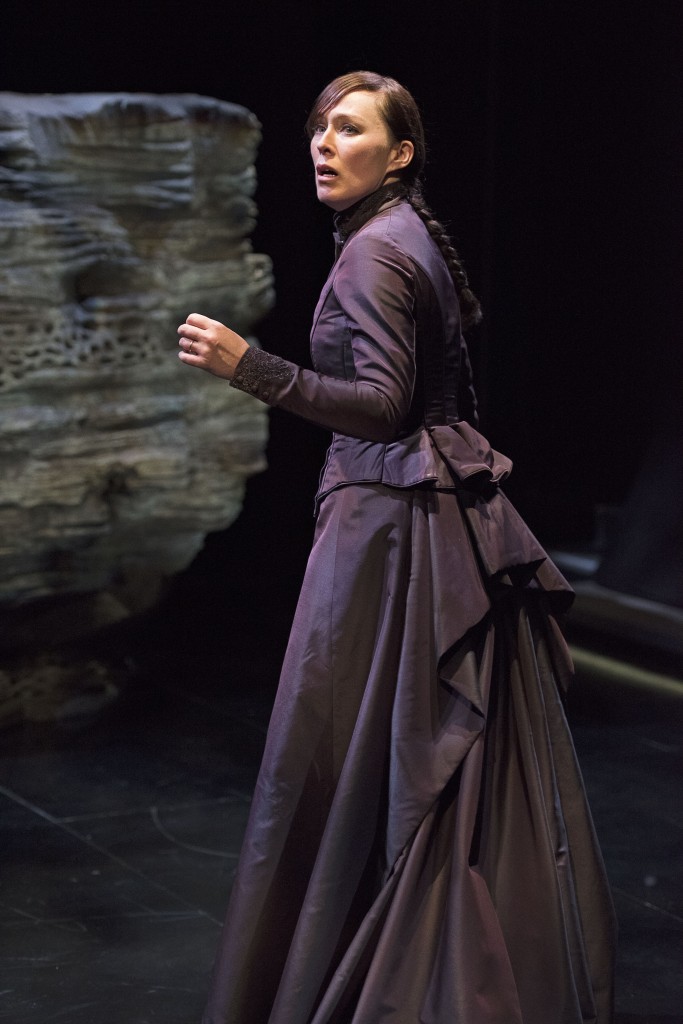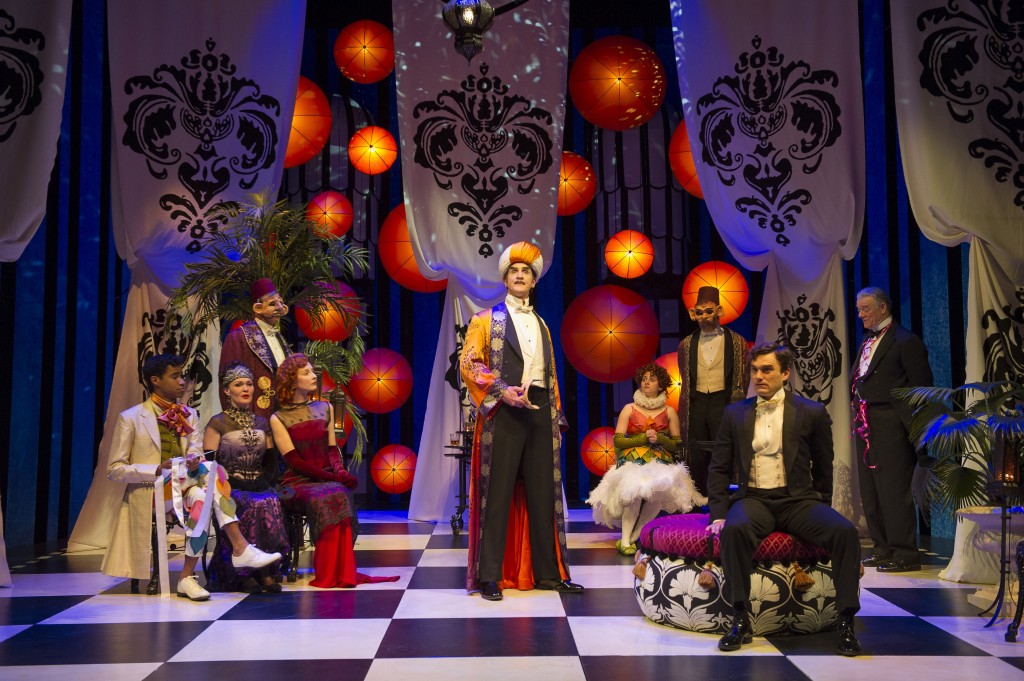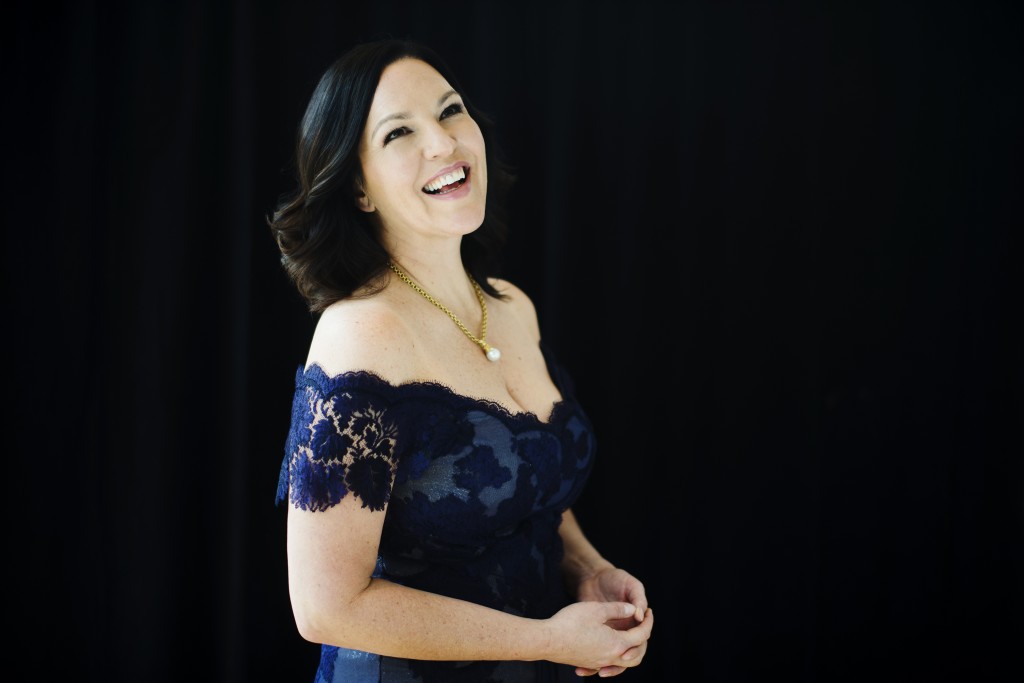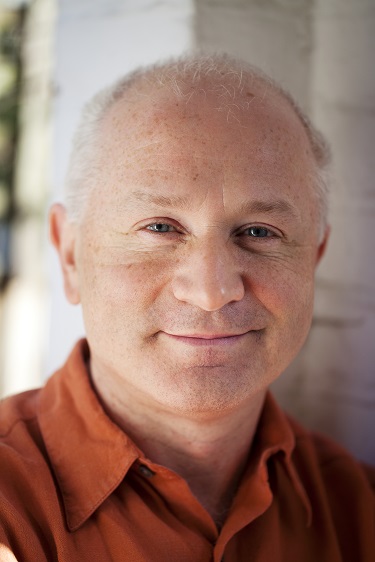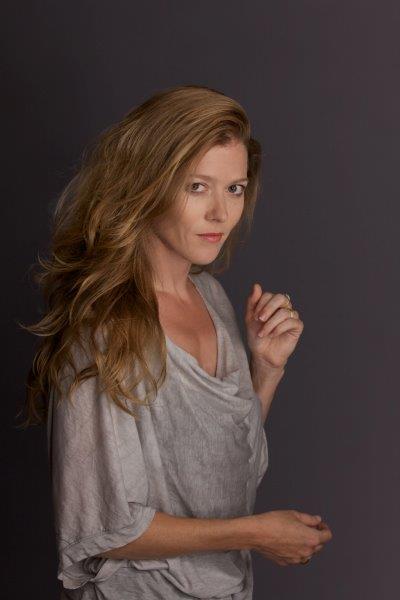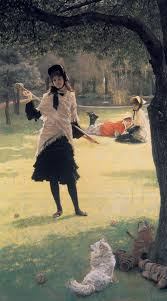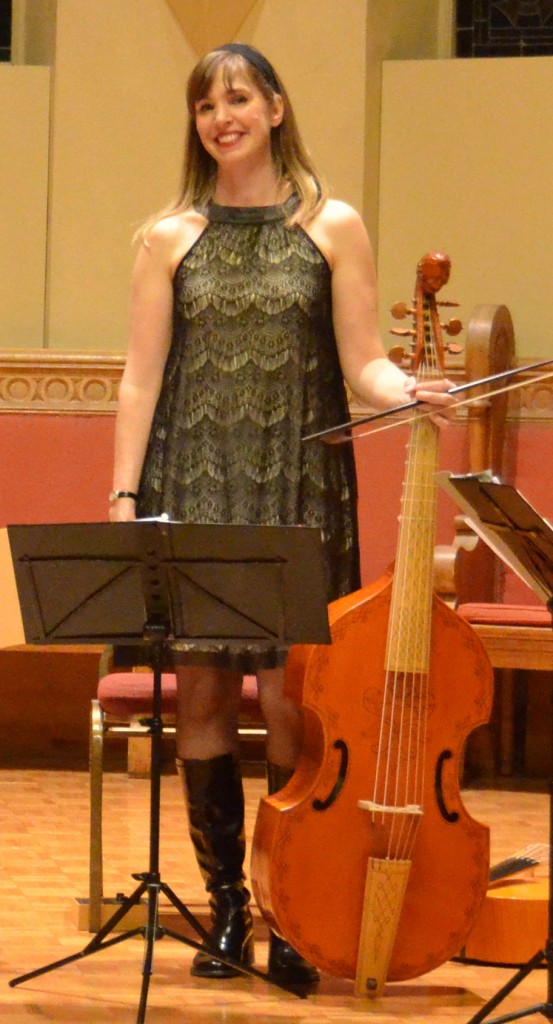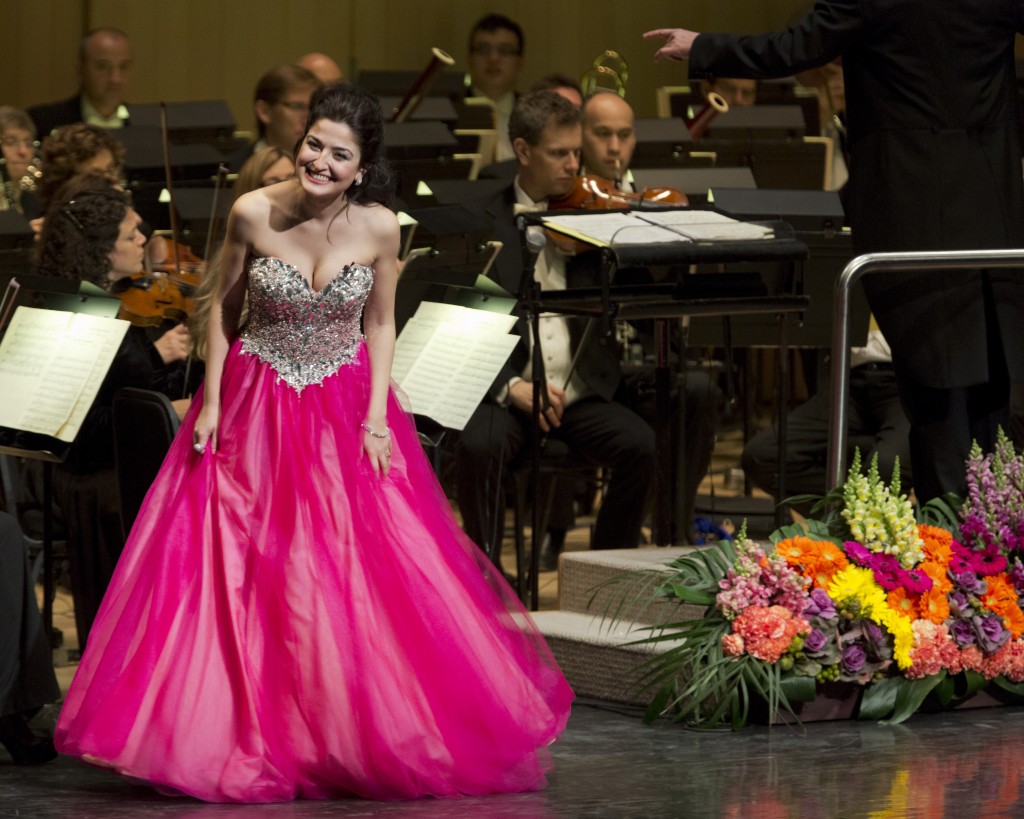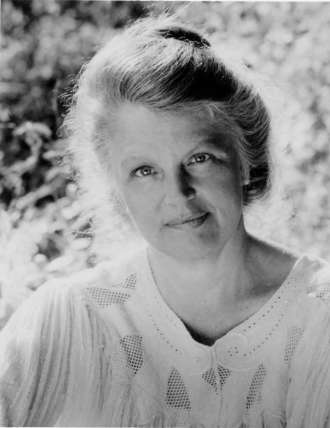 Valerie Harms’ ten books include Your Soul at a Crossroads, Dreaming of Animals, The Inner Lover, Tryin’ To Get To You/ The Story of Elvis Presley, National Audubon Society Almanac of the Environment/ The Ecology of Everyday Life, Stars In My Sky/ Nin, Montessori, Steloff, Unmasking: Ten Women in Metamorphosis, Celebration with Anais Nin, and –for children under ten- Frolic’s Dance. She has worked with a number of publishers including Putnam, Random House, Atheneum, W.W. Norton, and Shambhala. As co-founder and publisher of Magic Circle Press, a press intended to publish works by women, she produced a number of award-winning books. As a journalist Harms has appeared in a number of publications including The New York Times and at present she edits Distinctly Montana Magazine. A longtime scholar of Carl Jung, James Hillman, Joseph Campbell, and others, Harms has been an Intensive Journal consultant and given workshops for several decades. This interview took place in May of 2015.
Valerie Harms’ ten books include Your Soul at a Crossroads, Dreaming of Animals, The Inner Lover, Tryin’ To Get To You/ The Story of Elvis Presley, National Audubon Society Almanac of the Environment/ The Ecology of Everyday Life, Stars In My Sky/ Nin, Montessori, Steloff, Unmasking: Ten Women in Metamorphosis, Celebration with Anais Nin, and –for children under ten- Frolic’s Dance. She has worked with a number of publishers including Putnam, Random House, Atheneum, W.W. Norton, and Shambhala. As co-founder and publisher of Magic Circle Press, a press intended to publish works by women, she produced a number of award-winning books. As a journalist Harms has appeared in a number of publications including The New York Times and at present she edits Distinctly Montana Magazine. A longtime scholar of Carl Jung, James Hillman, Joseph Campbell, and others, Harms has been an Intensive Journal consultant and given workshops for several decades. This interview took place in May of 2015.
James Strecker: In total and in its many intriguing parts, your rich and varied life is almost too abundant to discuss in a brief interview, but let’s bravely proceed to condense it, if we can. To begin, you are an Intensive Journal Consultant in a method created by depth psychologist Ira Progoff, so let’s ask you to describe five “stepping stones” -as Ira called them- of your own life and their importance to your developing existence in this world.
Valerie Harms: 1. Growing up in Chicago where I learned about horseback riding and rode in shows. My parents divorce.
2. Going to Smith College. Exposed to hard work, living in a house in which I had my own room. Wrote and read till early morning.
3. Married Larry Sheehan, also a writer. Had two children. Constituted family life. Challenges.
4. National Audubon Society (more about this later)
5. Move to Montana. At first I traveled to great places: Galapagos, Bali, Costa Rica, Morocco. I was part of the Montana Wilderness Association and film society. Now I don’t travel and connections are dwindling.
JS: What have you done as a “scholar” of Carl Jung, James Hillman, and Joseph Campbell? Why do these thinkers appeal to you and why are they important for people in today’s world?
VH: All three churn my depths and imagination though in different ways. I became a Jung scholar back in the 1970s, only 20 years after he died, and now 45 years later still resonate with his work. When I worked in New York City, the C. G. Jung Center at 39th and Madison was my place of restoration. There was a great library of psychological and philosophical works, but even better was ARAS (Archive of Research in Archetypal Symbolism), a photo library of the world’s art, sculpture, and spiritual icons. I spent many hours poring over pictures. I gave workshops at the Center. I researched my books there.
When I moved to Montana in 1995, I joined a newly formed Montana Friends of Jung organization and soon became president of both the local and state boards. We sponsored programs with Jung analysts and we slowly read Jung’s works, including the difficult Mysterium Coniunctionis and more recently The Red Book, Jung’s journal.
James Hillman is an archetypal psychologist whom I heard lecture many times in NYC and Montana (he came here at elk rutting season because he liked to watch them in Yellowstone Park). He did not like the term “psychologist” or “therapist”; he was a theorist of the imagination. His method was philosophical. His books made thoughtful contributions — from the soul of cities to people’s fascination with the trimmings of war.
Joseph Campbell, of course, specialized in the world’s mythologies, all of which are related to the spiritualism of cultures.
These three men are important to the world because they emphasized the images that came from a person’s life, dreams, fantasies, thoughts. These images are the basis for one’s personal meaning and unique spiritual life.
JS: One of my favourite books of yours is The Inner Lover, a wise volume I have shared with many others. In it, as with other of your books, you make substantial reference to your own life and I find this a courageous thing to do. Please explain the intention of this book and also, as an honest writer and therapist, if you feel that it is your duty to use psychological self-exposure as one of your underpinnings.
VH: This book arose from a deluge of realizations made during my private therapy and passions. I felt I had to use my life in order to illustrate my points. I knew no other life as thoroughly. I wanted to document how our ideals in love objects evolve as we mature — from parent to teenage crushes and so on. I especially wanted to show how the love we feel is within us and does not belong to the other person no matter if they die, don’t love us back, or are our marriage partner. I wanted to show that we could use our grief, anger, and longing as creative nourishment. I urged people to write, draw, build something. I also wanted to show how our passions sprout spiritual buds. The most passionate spiritual poetry originates in love, regardless of its state. For instance, the oft-quoted Rumi was in love with a man whom he could not be with after a time, so he wrote to address the man and found his subject morph into a spiritual Being. When I give workshops, I often find it helps others if I share a personal anecdote.
JS: Your Dreaming of Animals is both fascinating and moving because, in part, it considers our relationship with animals and our inner psychological/spiritual existence in this connection. Please explain what this book is telling us.
VH: I am desperately concerned about the extinction and threatening of species. Ecology or the links among all species — i.e. the harmony of the spheres — means all beings are connected. Many people don’t feel that. Because of my psychological bent, I was aware of how our dreams tell us about our relationship to animals — from domestic cats to cheetahs — in our own lives or the state of the world. Sometimes dreams of animals tell us something about our behavior or attitudes and sometimes the dreams instruct us about what we can do to help them thrive better. I gave many examples of the most charismatic animals in the book — from a psychological to ecologic point of view.
JS: What impact did knowing and working with Anais Nin have on your life? Please tell us about the two books Celebration with Anais Nin and Stars In My Sky: Anais Nin, Maria Montessori, Frances Steloff and also your connection with the latter two women.
VH: I just came back from California where I talked about my relationship with Anais. Here are notes on what I said:
At a women artists Consciousness Raising group, a friend says read Diaries of Anais Nin; I was used to the diary style of Samuel Pepys, being taught that diaries weren’t literature. I read her stories first and found them daunting. Her diaries then consumed me – they focused on her desire to be a great writer (mine too), inner conflicts, art, relationships.
I wrote her & and she invited me to a book party for Vol. IV at Gotham Book Mart founded by Frances Steloff. In late 60s, she was the second oldest woman there and the loveliest – long clingy velvet dress, gold lame slippers, coppery hair swept up with ribbons braided through it. Her grace & elegance influenced me.
She invited to the apt in NYC she shared with husband Ian Hugo (former banker & filmmaker); I knew more about him more than her life in CA with Rupert.
I wore turquoise kohl for a while. I had a husband and two children, not exactly like her life. I acquired a majestic cape. My stationery letterhead was in purple ink.
My friend and I planned a Celebration weekend—Anais wanted it small. We held it in 1972 over 3 days, 30 people, highest energy. Anna Balakian (Breton, Surrealism), Frances Steloff made presentations.
I had a lot of correspondence with her. I read everything she wrote. Novel of the Future heavily underlined.
The friend & I started Magic Circle Press, based on Anais’ Gemor Press. We published a book on Celebration weekend. Party at Gotham Book Mart.
I go to Chicago and comb Northwestern U special collections. I publish a book of her early stories, Waste of Timelessness.
I wrote an essay about her relationships with analysts Allendy & Rank, both of whom broke the boundaries.
I organized a program at NY U with Anais and Ira Progoff, founder of Intensive Journal Method and a book about Otto Rank, among others. He was irritated that she got most of the attention.
Donna Ippolito in Chicago was an editor at Swallow Press and later Ohio University Press. Swallow Press published my first book called Unmasking: Ten Women in Metamorphosis – based on the consciousness raising group.
The best Web site on Anais, www.anaisnin.com, was started by two friends and I at my house on the patio. This patio was central again as after Anais’ death, the publication of Vol. VII came out and both of Anais’ husbands came – Hugo and Rupert — came to a party we gave on the patio.
I went to Bali and Fez, Morocco in her footsteps. In Bali I stayed at the same place she and Rupert stayed and talked to the owner about her.
Death ends a life but not a relationship. I still dream about her. She is a guide, now about aging. The gifts that Anais gave me were contained in her lines: “proceed from the dream outward”, “the personal life deeply lived contains truths far beyond itself. Also, her emphasis on love, nurturing creativity, beauty, literature, art, heart to heart conversations, and harmonizing relations.
Frances Steloff I knew because of Anais. Her bookstore in NYC, Gotham Book Mart (Wise Men Fish Here), was a literary hub. Poetry occupied a huge space. On the second floor literary parties were held. The James Joyce Society met there. Interested in spiritual writings, Frances held Gurdjieff audiotape listening discussions. I knew her through her 90s when she had a straggly white bun and very kind face. As a teen she had left a mean stepmother to be on her own in NYC and had grit and smarts. She lived on the third floor of the building in a one-room studio. She was a vegetarian who loved cats. “Putsy” sat on her desk downstairs. She was known for putting the book a person unknowingly needed into their hands. She died when 100. The iconic shop no longer exists.
Maria Montessori’s self-directed method of education inspired me when my children were young. I helped found a school. She had a theory of “cosmic education” which was about the unity of all cultures. She taught techniques for children to bring about peace in their everyday lives. She thought teenagers should be managing small business ventures to gain independence. She was Italy’s first woman doctor. Mussolini burned her in effigy. She was a woman with great foresight and many of her gifts have yet to be developed.
My book Stars In My Sky included long personal essays on Anais, Frances, and Montessori.
JS: Your National Audubon Society Almanac of the Environment/ The Ecology of Everyday Life is certainly relevant in our present zeitgeist of doom about our future. In what ways is this book important to us and what does it mean to you?
VH: This book shows how everything we do is linked to a nature cycle — solar, carbon, water, nitrogen, and the food web. For instance, the fibers for the clothes we wear may originate in plants. The book encourages us to look at and ask how that plant is grown, whether are pesticides used, how is it harvested, how transported and what fuel used, how processed and distributed. A big push has been to make companies responsible not only for sales but also how products are produced, who produces them, right back down to their origin as well as the cleanup after use. Same with our appliances and forms of recreation. It’s an extremely comprehensive book, bringing in all the experts I could find. It goes into ocean and land ecology as well as politics and media. It really enabled me and others to see the patterns in nature and to get a large perspective.
JS: The description of your Tryin’ To Get to You, The Story of Elvis Presley implies that there was more of substance to the man than the idol-worshipping masses know. Please tell us about your connection with Elvis and why you wrote the book.
VH: I first heard Elvis in my high school auditorium in Texas when I was 15. I had never seen nor heard anything like him. He looked like an Adonis in loose cream shirt and slacks, and buck shoes. His voice instantly excited me. I never stopped admiring what he could do with a song, especially the raunchy ones or the spirituals. I hated the movies and the sappy tunes, though I did like “Love Me Tender” and “Old Shep.” He was rock n roll to me even though I also listened to black stations in Chicago. After his performance, he stayed overnight in our town and when he and the other two band members were having breakfast, two friends and I rushed to the cafe. They invited us to sit down. He had jiggly energy and was always kind and sincere. Later after starting a fan club, he signed a bunch of membership cards and gave us photos. Until superstardom took over, he invited us backstage where he often was jamming with someone like Faron Young.
I wrote the book when Elvis died as a way to assuage the mourning process. I listened to my favorite songs all day. It was a rich time! You’ll have to read the book to find out what I thought about the rest of his life.
JS: Your latest book is Your Soul at a Crossroads, with Steps You Can Take Not to Lose It and it seems something of a compilation and summary of key elements from some of your books. Why does this book contain the material it does and what is your intention for the book as a whole?
VH: I have taught many psychological/spiritual workshops. I wanted to create a short book based on my experience with the exercises, which readers could use as a guide. So, it’s a combination of things I’ve learned and instructions.
JS: How do you like writing for children? What’s hard and rewarding about it?
VH: Two of my children’s books were done “for hire” so I felt pressure from the bosses. For both I had to do a lot of research. One was about an Arctic Hare and the neighboring animals. I had to learn all about them. One delightful fact was that the hares gather in full moons and dance around. I named the main character Frolic and called the book Frolic’s Dance. A stuffed animal was sold with it.
JS: You also provide consulting services for people wanting to be published. If people have a manuscript that they want to see in print, what do you do for them and with them? Other than payment, of course, what do you yourself derive from such work?
VH: Normally I provide evaluating, editing, and suggestions regarding publishers and/or agents. I enjoy reading what engages people and how they express their thoughts. I like seeing all the different styles.
JS: You have lived in many places including France, Connecticut, Montana now, and other places, so tell us what different geographical locations do to you and how they have impact on your psychological situation and your creativity.
VH: I lived in France when I was newly married and had my first child. I was isolated in a small farm village with only a bicycle. I had lots of time to read and write, even interacting with my daughter. We had an orchard. The rhythm of the villagers was interesting. I loved learning to cook French recipes, learning about Alsatian wines & eau de vies, and traveling about. I still yearn for cafe life, outdoor picnics, croissants, and French bread.
Connecticut, a New England state, was a hub for good friends, modern activity, getting to NYC. We raised our family there and also divorced. I absolutely loved our second home there. It was the best I’ve ever been in. Several of my books were created there.
Montana is a place where the Indians were conquered by the Anglo settlers. The landscape is largely gorgeous with the Rocky Mountain range and the big open sky. I had hoped I and my writing would become wilder —I’m still trying.
JS: In this vein, you also currently edit Distinctly Montana Magazine. What do you enjoy about your current gig as editor? How does living in Montana feed your spirit?
VH: I always say that planning and editing a quarterly magazine is like throwing a party with different people each season. I have learned more about Montana’s history than I have any other place. It’s easier to be more involved in politics too.
JS: We first met when we were both attending journal-keeping workshops in New York and training with this method’s creator, depth psychologist Ira Progoff, to be Consultants using his approach, The Intensive Journal Workshop. Please tell us concisely what the Intensive Journal is, what it involves, its distinct approaches to the psyche, and what rewards it offers a human being initially and over time.
VH: That is an impossible question. You should direct people to the book At a Journal Workshop by Ira Progoff or to Dialogue House.
JS: I know you have the manuscript of your new novel on your desk. Is there anything you might share about the novel itself and your experience of writing it?
VH: The novel has been tough because all my published work has been nonfiction and I’ve had to adapt to this other genre. This time though I’m using my imagination totally. Of course, the plot centers around what I’ve absorbed from my life, some of it here. A father-daughter bond, a romance between the daughter and a Native Indian, ranching life, a fire, dispute over water use, a murder, and an artist and baby. I’m reading it over aloud for a final edit. It’s been years that I’ve been on it. It’s much harder to get time to write now.
JS: Opportunities for writers have decreased immensely in our lifetime, so what advice would you give to anyone seeking to be a writer and any writer seeking to get published?
VH: If you can’t find a regular publisher, explore self-publishing options but first develop a marketing plan.
JS: It’s obvious that you are “a most remarkable woman” but why did the United Nations say that about you?
VH: The UN committee on the Year of the Woman honored me because of my depth psychological journal workshops.
JS: Okay, let’s imagine that you have seven essential things you can say to express what you have learned to be of most value over your lifetime. What would they be?
VH: Find a practice that enables you to stay close to your inner process; pay attention to your dreams; be comfortable in solitude. Learning to work out conflicts with other people is a must. Beauty and music are necessary for healing and joy.
JS: Please tell us briefly about the impact five key people have had on your life and what that impact was.
VH: Anais Nin — as I’ve already discussed
Ira Progoff — I have used the Intensive Journal Method for decades and been grateful for it.
Aurelie and Alex Sheehan — My daughter and son, very different people. My daughter is reasonable as a lawyer, a very funny sardonic writer of fiction, a kind teacher, and a remarkable mother. My son parents three children (two stepchildren) and is loved by all. He was athletic. It was a privilege to grow up with them. In that vein I must give credit to their father, with whom I had a 20-year relationship. It was extremely hard to part ways.
Jan Beyea — he was Senior Scientist at the National Audubon Society and hired me after my divorce when it was a tough time. I learned so much about conservation and habitats. We’d met in college and are still friends. I enjoyed his scientific mind.
JS: How can people get in touch with you?
VH: Valerie Harms, valerie@valerieharms.com. See my Web site, www.valerieharms.com

